Launched the end of September 2020, the Xiaomi Mi 10T Pro 5G comes with a triple-camera setup, a powerful Qualcomm Snapdragon 865 process, and other goodies befitting a flagship smartphone. Unlike the Mi 10 Ultra (released a month earlier), the Mi 10T Pro’s display does not use OLED technology, but rather utilizes an IPS (in-plane switching) LCD. Read on to see how the Mi 10T Pro’s technology fares.
Key display specifications:
- IPS LCD screen
- Size: 6.67 inches (~85.2% screen-to-body ratio)
- Dimensions: 165.1 x 76.4 x 9.3 mm (6.5 x 3.0 x 0.36 inches)
- Resolution: 1080 x 2400 pixels, FHD+
- Aspect ratio: 20:9, ~395 ppi
- Refresh rate: 144 Hz
About DXOMARK Display tests: For scoring and analysis in our smartphone and other display reviews, DXOMARK engineers perform a variety of objective and perceptual tests under controlled lab and real-life conditions. This article highlights the most important results of our testing. Note that we evaluate display attributes using only the device’s built-in display hardware and its still image (gallery) and video apps at their default settings. (For in-depth information about how we evaluate smartphone and other displays, check out our articles, “How DXOMARK tests display quality” and “A closer look at DXOMARK Display testing.”)
Test summary
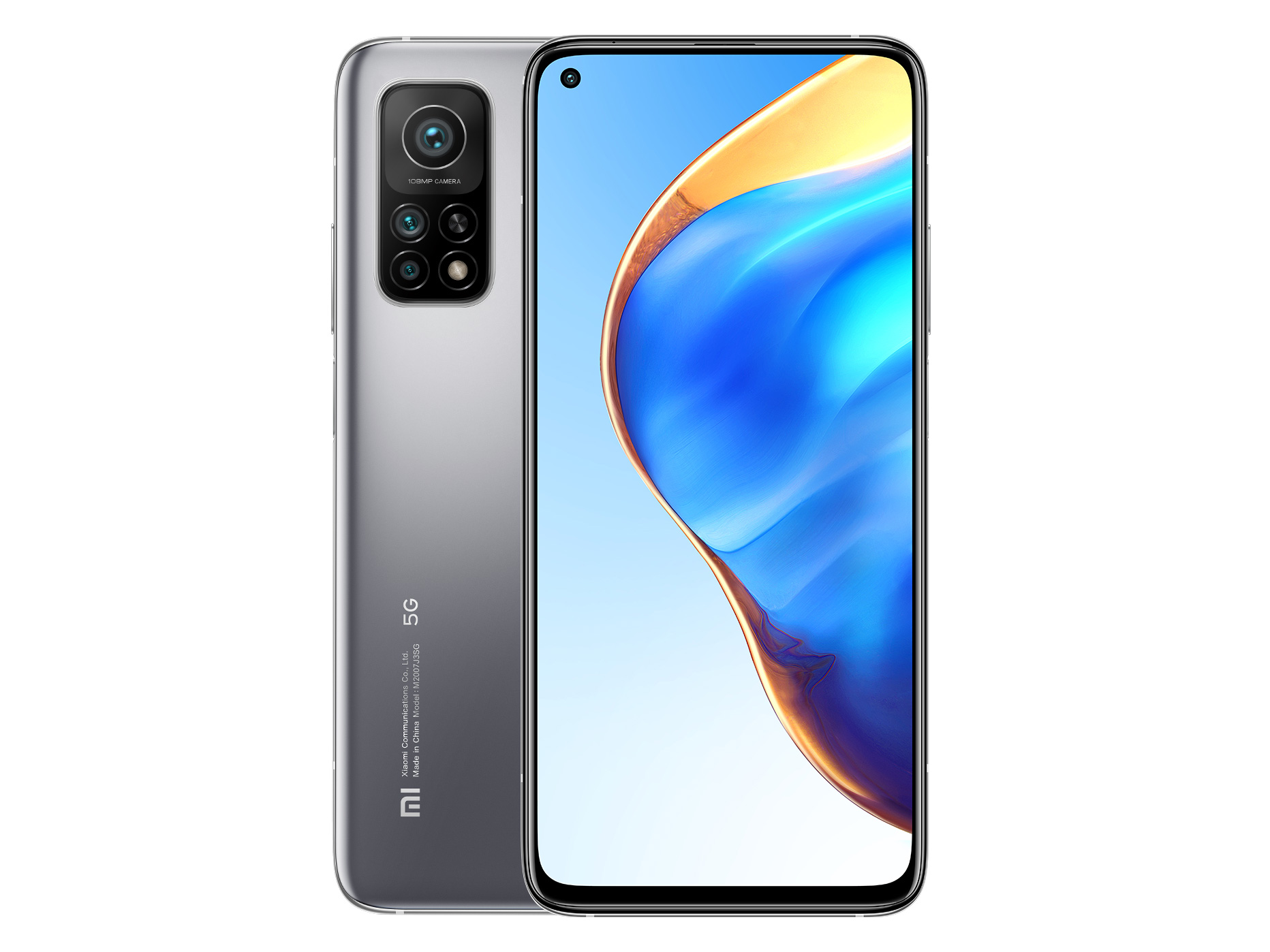 Xiaomi Mi 10T Pro 5G
Xiaomi Mi 10T Pro 5G


Pros
- Readability is good indoors.
- Color is accurate in indoor conditions.
- Color shift in angle is well controlled.
- No flicker is visible.
Cons
- Readability is poor when viewed at an angle.
- Brightness is very low, and both dark and mid-tones are not well reproduced when watching HDR10 content.
- Color rendering in outdoor conditions is not accurate.
- Motion blur is not well managed.
The Xiaomi Mi 10T Pro 5G’s overall score of 72 places it in the lower half of our smartphone display ranking and just a point behind the Xiaomi Mi 10 Ultra. A low score for readability and an especially low score for video brought down its overall score despite good color management and largely satisfactory performances for motion and touch.
Analyses and comparisons
The DXOMARK Display overall score of 72 for the Xiaomi Mi 10T Pro 5G is derived from its scores across six categories: readability, color, video, motion, touch, and artifacts. In this section, we’ll take a closer look at these display quality sub-scores and explain what they mean for the user, and we will compare the Xiaomi Mi 10T Pro 5G’s performance in several areas against its sibling Xiaomi Mi 10 Ultra and two of its key competitors, the OnePlus 8 Pro and the Apple iPhone 11 Pro Max.

Readability
Xiaomi Mi 10T Pro 5G
57
76
DXOMARK uses the device’s gallery app to show static (still image) content when measuring the device’s display for brightness, contrast, gamma, and blue light impact, etc.
At 57 points, the Xiaomi Mi 10T Pro 5G turned in a lackluster performance for readability. While its typical brightness is fine for reading content in indoor and in low-light conditions, it is too low for viewing outdoors, especially under direct sunlight.
As you can see, the Xiaomi Mi 10T Pro 5G is readable in indoor conditions, while the Apple iPhone 11 Pro Max on the far right is slightly too dark:
Outdoors, the Mi 10T Pro lacks brightness but remains readable, although its color cast (discussed further in the next section) becomes more apparent.
In sunlight, the lack of brightness and contrast makes detail much harder to see; among the comparison devices, it is better only than the iPhone, which shows similar difficulties.
While the Xiaomi Mi 10T Pro 5G is slow to respond to rising light levels and slightly slow when responding to falling light conditions, it handles transitions smoothly. However, another significant issue is that the screen shows some non-uniformities along the edges and on the lower half of the device.
All smartphones lose some brightness and contrast when viewed at an angle, but the Xiaomi Mi 10T Pro 5G’s strong loss of brightness and contrast when held on angle, as shown in the graph below, makes content difficult to read.
The photos below illustrate the objective test results. The first set of photos is shown on-angle; the second set was shot at an angle of 45°, and you can readily see the Mi 10T Pro’s loss of brightness and contrast (and ensuing loss of detail) on angle, particularly when compared to the iPhone 11 Pro Max on the right.
The Xiaomi Mi 10T Pro 5G’s brightness is too low when the blue light filter (BLF) is on; moreover, its strong color cast makes reading even harder (as will be seen in the next section).

Color
Xiaomi Mi 10T Pro 5G
82
92
DXOMARK uses the device’s gallery app to show static (still image) content when measuring the device’s display for white point, gamut, uniformity, color fidelity, and blue light filter impact, etc.
The Xiaomi Mi 10T Pro 5G’s biggest plus is its color rendering capabilities, achieving a very satisfactory score of 82 for this display attribute, besting the Mi 10 Ultra by two points. It does very well in indoor conditions, as shown below:
In outdoor conditions, while a slight color cast is noticeable in shade, you can see a stronger cast on the Mi 10T Pro under sunlight — and this cast makes for an uncomfortable viewing experience.
While the device shows a slight pinkish cast in indoor conditions, the Xiaomi Mi 10T Pro 5G shows generally good color fidelity in both the sRGB and DCI-P3 color spaces. And even though holding a phone at an angle can affect display color rendering, the Mi 10T Pro retains good color even at 45°:
Our objective tests bear out the perceptual test illustrated above. The left-hand chart below shows the Xiaomi Mi 10T Pro 5G’s color tendencies when held at an angle; in the right-hand chart (essentially a closeup of the left chart), each dot represents a measurement taken at a discrete angle from the device; dots inside the inner circle exhibit no color shift in angle; those between the inner and outer circle have shifts that are just noticeable by trained experts; but those falling outside the outer circle are noticeable. The Mi 10T Pro manages color well when held at an angle, showing only very slight shifts.
Finally, as mentioned in the readability section above, the Xiaomi Mi 10T Pro has a pronounced yellow cast, though its cast does not have as adverse an impact as the orange cast on the iPhone 11 Pro Max (below right).

Video
Xiaomi Mi 10T Pro 5G
39
91
DXOMARK uses the device’s video (or browser) app to show dynamic content when measuring the device’s display for brightness, contrast, gamma, and color.
While the Mi 10 Ultra’s score of 56 put it in the bottom half for video, the Xiaomi Mi 10T Pro 5G’s video score of 39 places it second from the bottom among all smartphones tested thus far. The lack of brightness and contrast, along with a strong color cast, made for uncomfortable viewing.
Overall brightness for both Xiaomi devices is lacking compared to the iPhone 11 Pro Max when watching HDR10 content:
Further, contrast is low and dark details to disappear. Note how much more detail there is in the Apple rendering on the right compared to the two Xiaomi renderings:
Finally, a strongly visible orange cast in HDR10 videos has an adverse impact on skin tones, as seen in the screen grabs below:

Motion
Xiaomi Mi 10T Pro 5G
72
87
A middling score for motion for the Xiaomi Mi 10T Pro 5G, due in part to many frame drops at both 30 fps and 60 fps for both UHD and FHD content. On the plus side, frame drops are rarely visible when playing video games. However, motion blur is very visible on videos. And while the device plays videos instantly when jumping backwards or forwards, strong playing artifacts can be visible on some content.

Touch
Xiaomi Mi 10T Pro 5G
71
85
The Xiaomi Mi 10T Pro 5G is not accurate when zooming in the gallery app (the black dots should remain under the fingers):
While the device feels smooth when swiping pictures in the gallery and web browsing, a slight jerkiness is noticeable when playing video games.

Artifacts
Xiaomi Mi 10T Pro 5G
74
86
The Xiaomi Mi 10T Pro 5G’s notch is slightly visible, but not particularly disturbing; moreover, it does not show any flicker.
While the Xiaomi Mi 10T Pro 5G shows no judder at 24, 30, and 60 fps, ghost touches occasionally occur along edges when held in landscape orientation. Noticeable aliasing also pulled down its score, as the stair-step effect on curved lines is easy to see in the closeup video stills below:
Conclusion
Despite good color handling and adequate scores for motion and touch, the Xiaomi Mi 10T Pro 5G’s performance came up short in our Display test protocol. Its particularly poor showing for video, combined with brightness non-uniformity and especially poor readability when held at an angle, had a significant impact on its overall score.


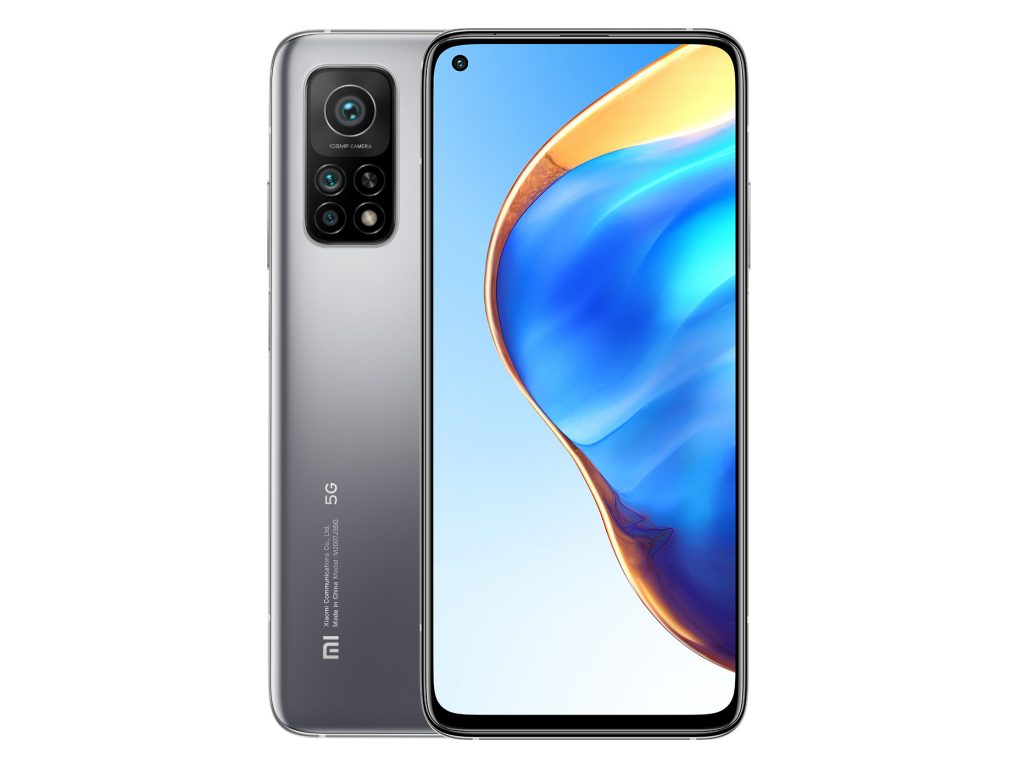












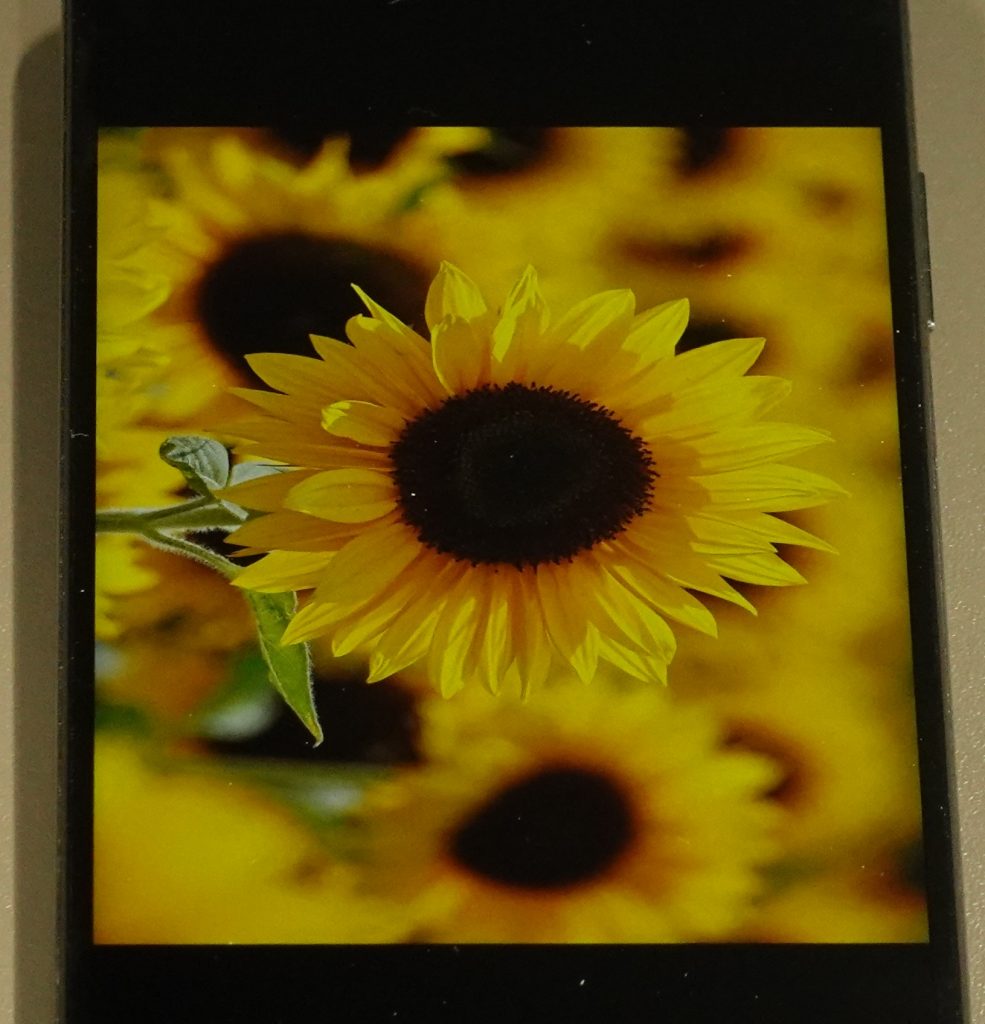
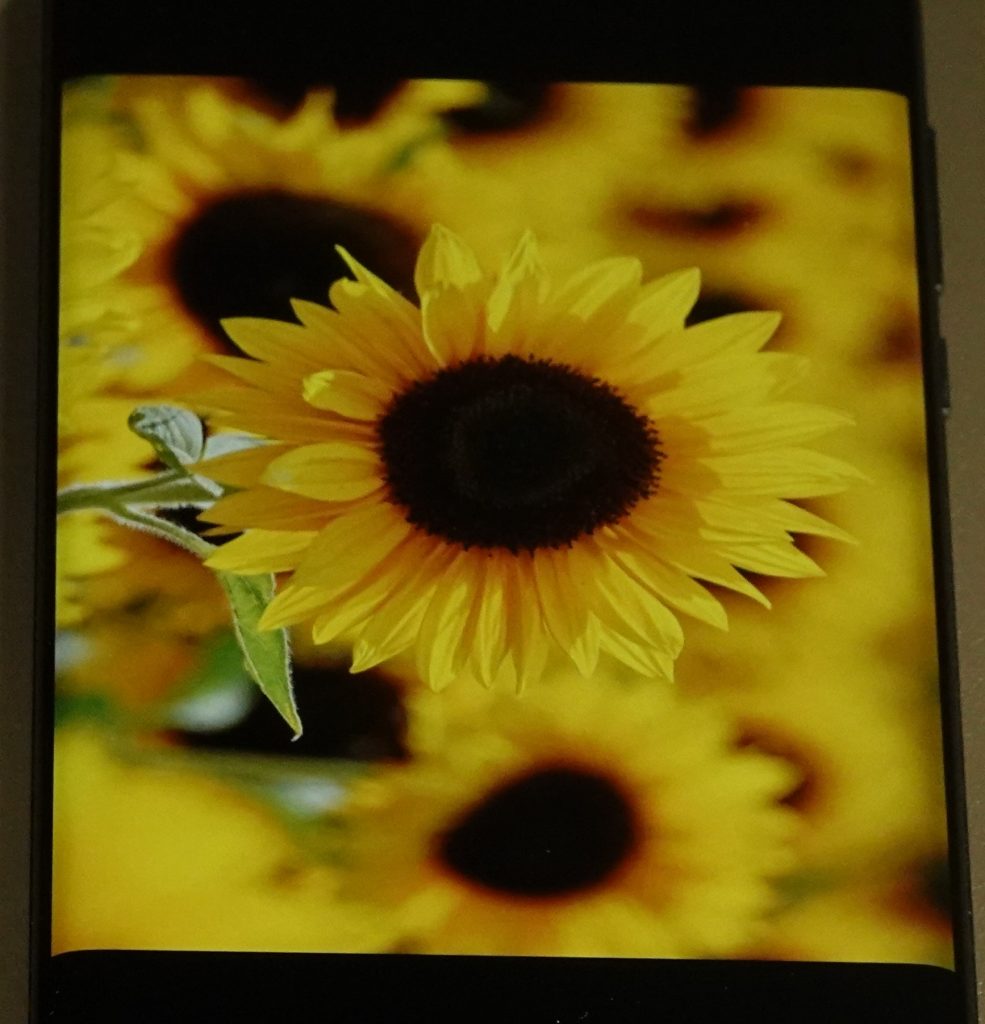

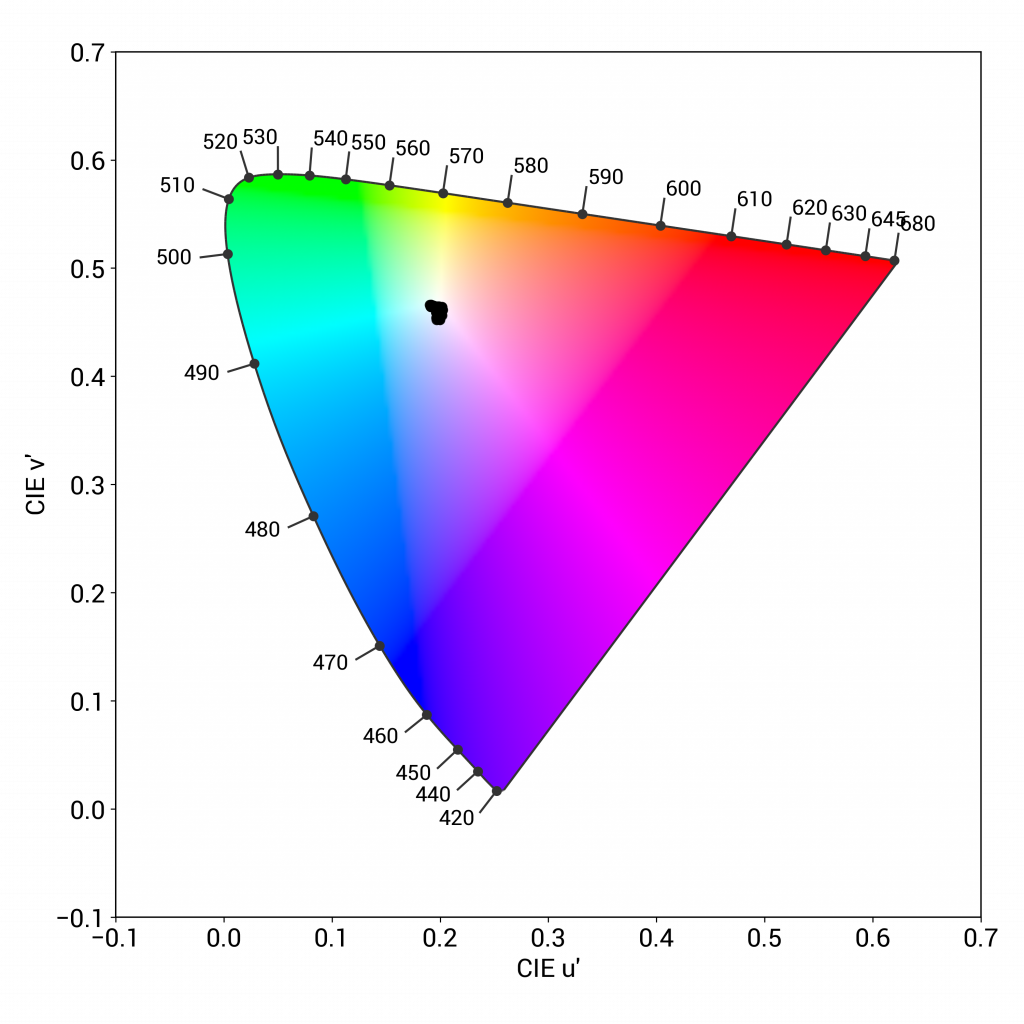

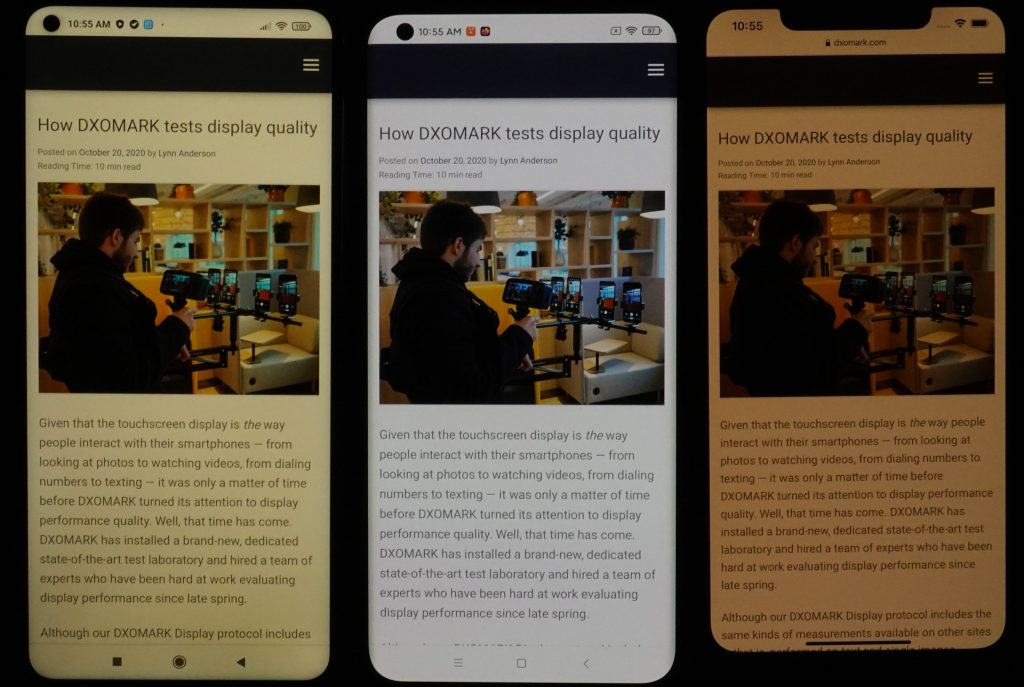




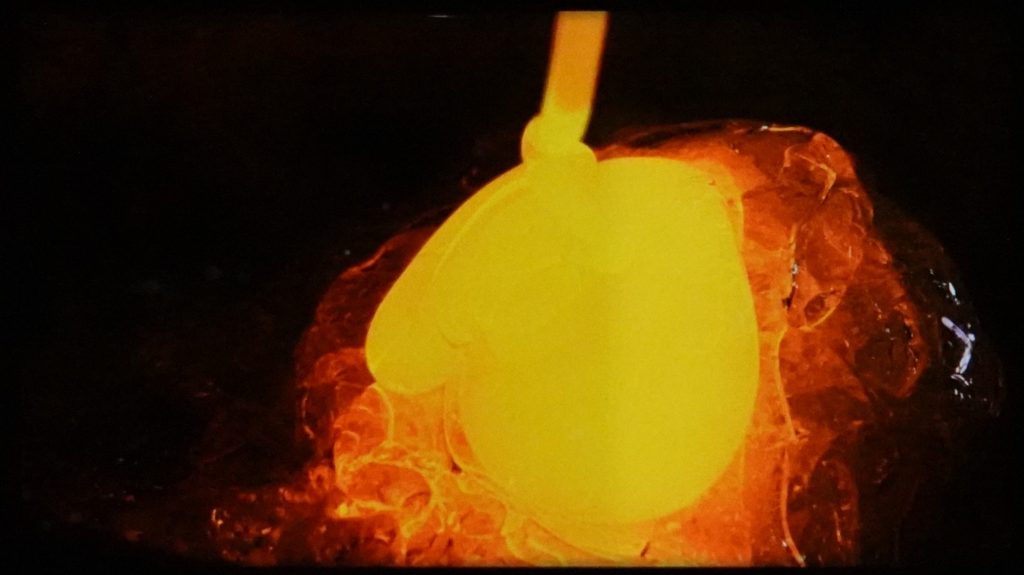




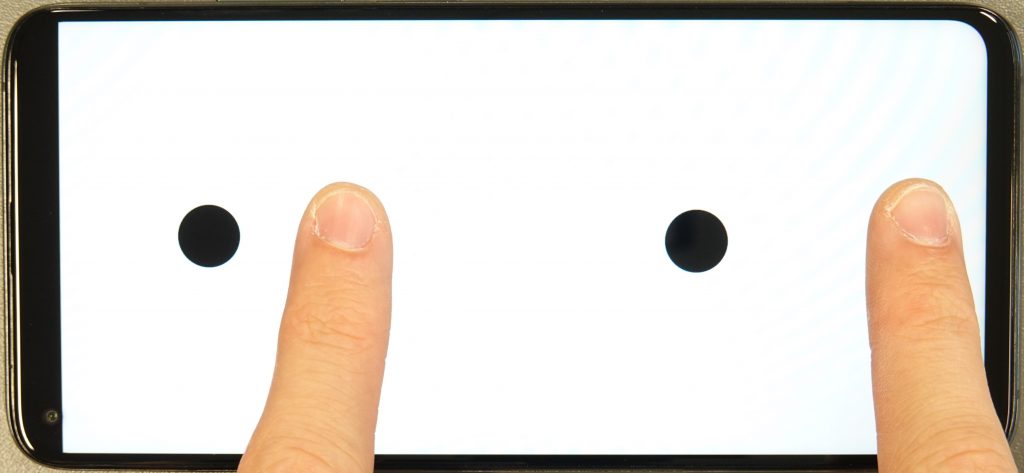



DXOMARK encourages its readers to share comments on the articles. To read or post comments, Disqus cookies are required. Change your Cookies Preferences and read more about our Comment Policy.